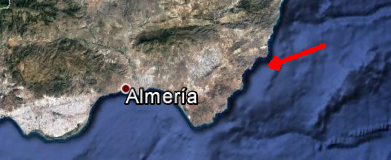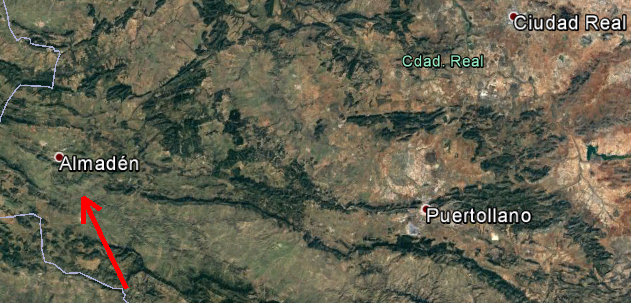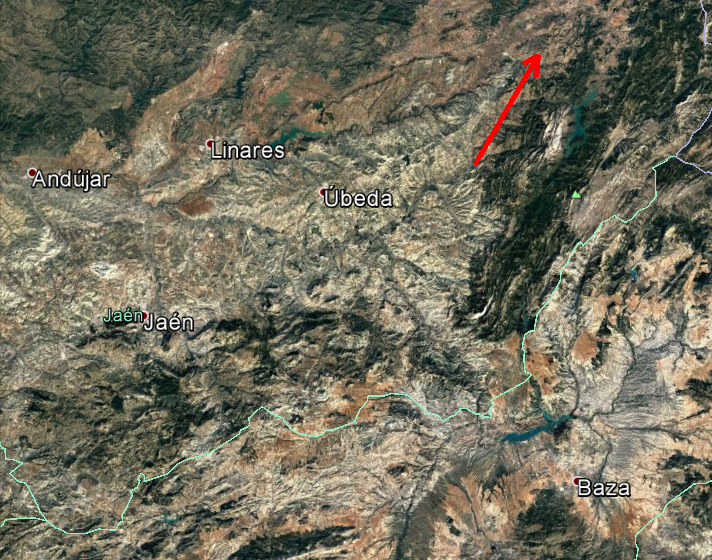Up to three bright fireballs could be registered on the night of November 21st 2020.
First one at 00h47 UT, second one at 01h21 UT and the last one a few minutes after, at 01:32 UT.
All of them could be recorded with the SMART Project's detector located at Calar Alto (Almería), Sierra Nevada (Granada), La Sagra (Granada), La Hita (Toledo) and Seville observatories.
Calar Alto Observatory external surveillance webcams could also follow those objects.
Following the analysis of the three objects carried out by Professor José María Madiedo (Instituto de Astrofísica de Andalucía IAA-CSIC), all of them had a cometary origin.

 First one, at 00h47 UT, had a estimated speed of about 202.000 km/h and flew above the east coast of Almería province (Southeast Spain).
First one, at 00h47 UT, had a estimated speed of about 202.000 km/h and flew above the east coast of Almería province (Southeast Spain).
The luminous part of the event started at an altitude of 108 km above Mediterranean Sean and, after moving Southwestward, approaching Almería's coast, it finished at an altitude of 72 km above the sea.
Left image shows the path this fireball followed above the sea.
Second one, at 01h21 UT, had a speed of 101.000 km/h and happened above Ciudad Real (south-middle Spain) skies.
With an initial altitude of 111 km above the ground, this object moved Northwestward and finished at an altitude of 71 km.
Finally, the third fireball, also a cometary event, flew above the skies of Jaen (South Spain) at a speed of about 101.000 km/h at 01h32 UT.
The luminous part of this event started at 105 km. The object then moved Northeastward and finished at an altitude of 52 km above the same province.
Below are the images showing the paths above the ground of second and third fireball and the videos of the three objects registered with the Calar Alto Observatory external surveillance cameras.


The videos:
Calar Alto (CAHA) fireball detection station, together with the one at the Observatory of Sierra Nevada (IAA-CSIC) and others placed at different locations in Spain, are part of the S.M.A.R.T. project led by Professor José María Madiedo (IAA) to track that kind of objects. Specifically, Calar Alto (CAHA) station and the one at Sierra Nevada (IAA-CSIC) constitute a collaboration agreement between the IAA researcher José María Madiedo and both institutions.
 English (UK)
English (UK)
